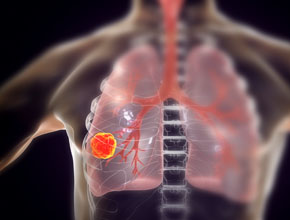The devastation of lung cancer and lack of PHARMAC funding options for Kiwis
 In a recent NZ Herald article lung cancer has been termed as the deadliest cancer and talks about lack of treatment options here in New Zealand. Lung cancer is attributed to killing five Kiwis a day, making it a top killer among other cancers including breast and prostate cancer.
In a recent NZ Herald article lung cancer has been termed as the deadliest cancer and talks about lack of treatment options here in New Zealand. Lung cancer is attributed to killing five Kiwis a day, making it a top killer among other cancers including breast and prostate cancer.
In a comparison between NZ and Australia, it is reported that while our neighbours have access to 11 publicly funded non-small cell lung cancer treatments, we have only three. The new treatment approval process in NZ is painfully slow compared to other OECD countries. For instance on average within the OECD the cancer treatment approval process took less than 250 days but would take more than 1,500 days in NZ, stated Philip Hope - Chief Executive of the Lung Foundation.
For cancer patients another option for treatment is to go the non-PHARMAC treatment route. So what’s the difference between PHARMAC and non-PHARMAC? To put simply, PHARMAC drugs are the ones which are funded by the New Zealand government under the public healthcare system and that have been approved by Medsafe. There are a lot of drugs that are not PHARMAC funded but are Medsafe-approved - we call these non-PHARMAC drugs.
Non-PHARMAC drugs could be the most appropriate treatment for patients for a range of reasons. But they can be very, very expensive. Non-PHARMAC benefits in health insurance provide funding for non-PHARMAC medicines – creating greater choice in treatment when it’s needed. nib Ultimate Health Max provides cover for non-PHARMAC drugs up to $300,000 (and $600,000 if treatment includes surgery). There is also a $20,000 non-PHARMAC benefit under both nib's Ultimate Health and Easy Health policies.
Source: NZ Herald and nib Insurance.
- Last updated on .